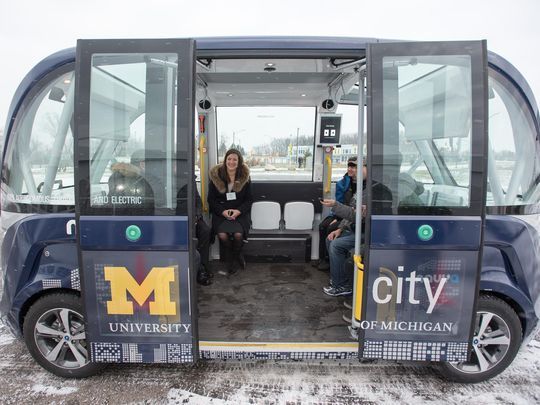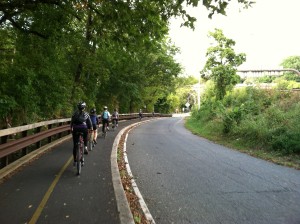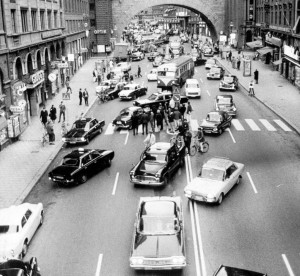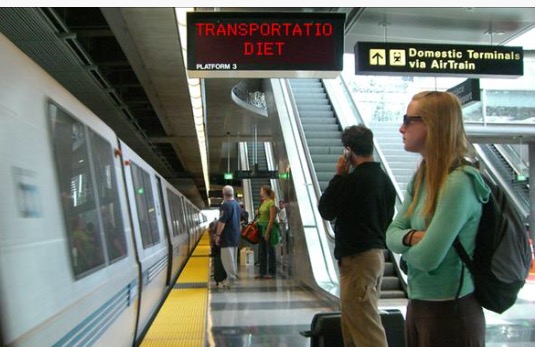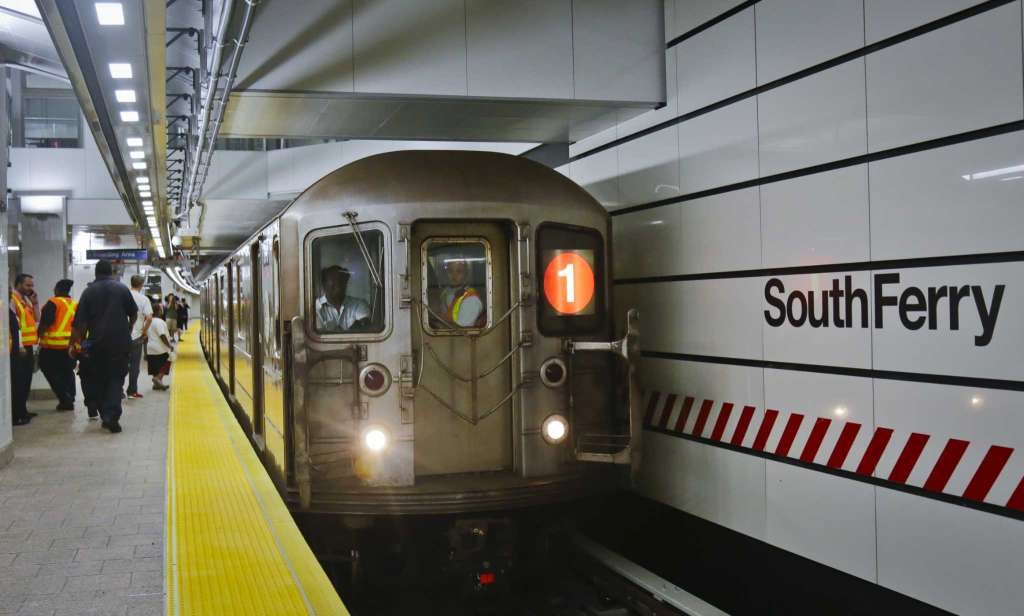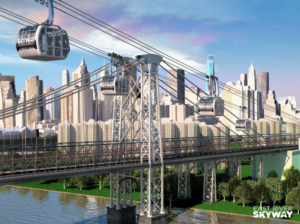
An NYC developer thinks a gondola can help the city’s transit problems. Photo: East River Skyway
This summer has been coined the ‘summer of hell’ by New York Gov. Andrew Cuomo, due to the Amtrak shutdown at Penn Station for repairs, and delays which have skyrocketed this year on subway lines.
While the city has increased bike lane construction and has expressed interest in Chariot, a crowd-funded bus service, getting millions of people where they need to go is no easy task.
But, one prominent realtor has proposed a unique solution: aerial mass transit. Daniel Levy, the president of City Realty, thinks a high speed gondola system might solve some of the city’s transportation woes.
The idea is in discussion now as New York faces the 2019 shut down of the L train, which carries 300,000 people a day between Manhattan and the Williamsburg Bridge Plaza Bus Terminal in Brooklyn and Delancey Street on Manhattan’s Lower East Side. Save for surface transportation, there are few options for moving these passengers about.
While on a ski trip, Levy took an interest in the gondolas that bring skiers to the top of the mountain and thought the same system might help his city. He founded the East River Skyway company, which is pushing for the construction of a gondola near the Williamsburg Bridge between Brooklyn and Manhattan.
Manhattan has a tram system that runs to Roosevelt Island, the closest thing to what Levy is proposing.
“They (gondolas) are relatively inexpensive to build and operate and very importantly, they can be built quickly,” Levy said in an interview with Curbing Cars. “So our vision is to augment the New York City mass transit network by adding additional capacity across the river.”
Gondolas are capable of moving 5,000 to 6,000 people an hour, and have been built in many cities, including La Paz Bolivia, Caracas, Venezuela, Cali, Colombia, among others.
Per mile, subways can cost around $400 million, light rail $36 million, but gondolas only cost $3 million to $12.
Even before the L train is shut down, “there is a fundamental need for additional capacity,” Levy says. “You’re not going to go below the ground, you don’t have any ability to add capacity on the ground, so you’re going to go above the ground.” Continue reading

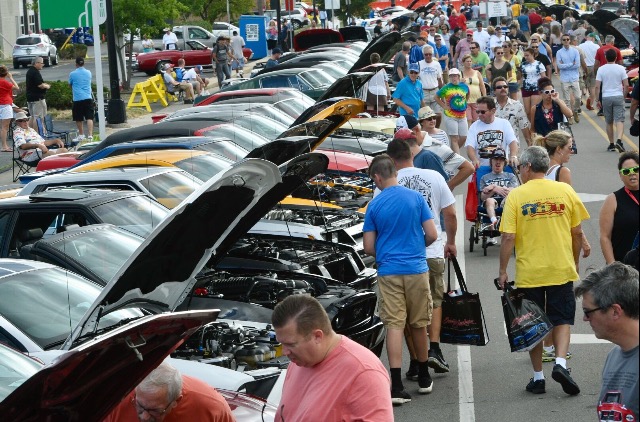
 Curbing Cars readers: we’d like your insight. We’d love to know how you’re getting around and how you plan to get around in the future.
Curbing Cars readers: we’d like your insight. We’d love to know how you’re getting around and how you plan to get around in the future.
